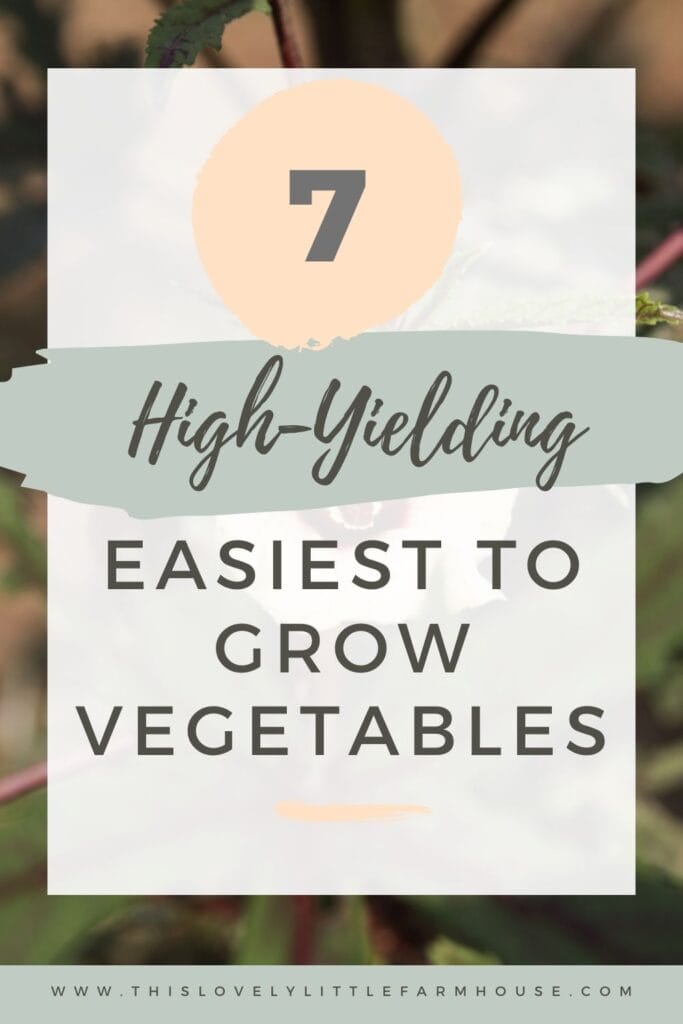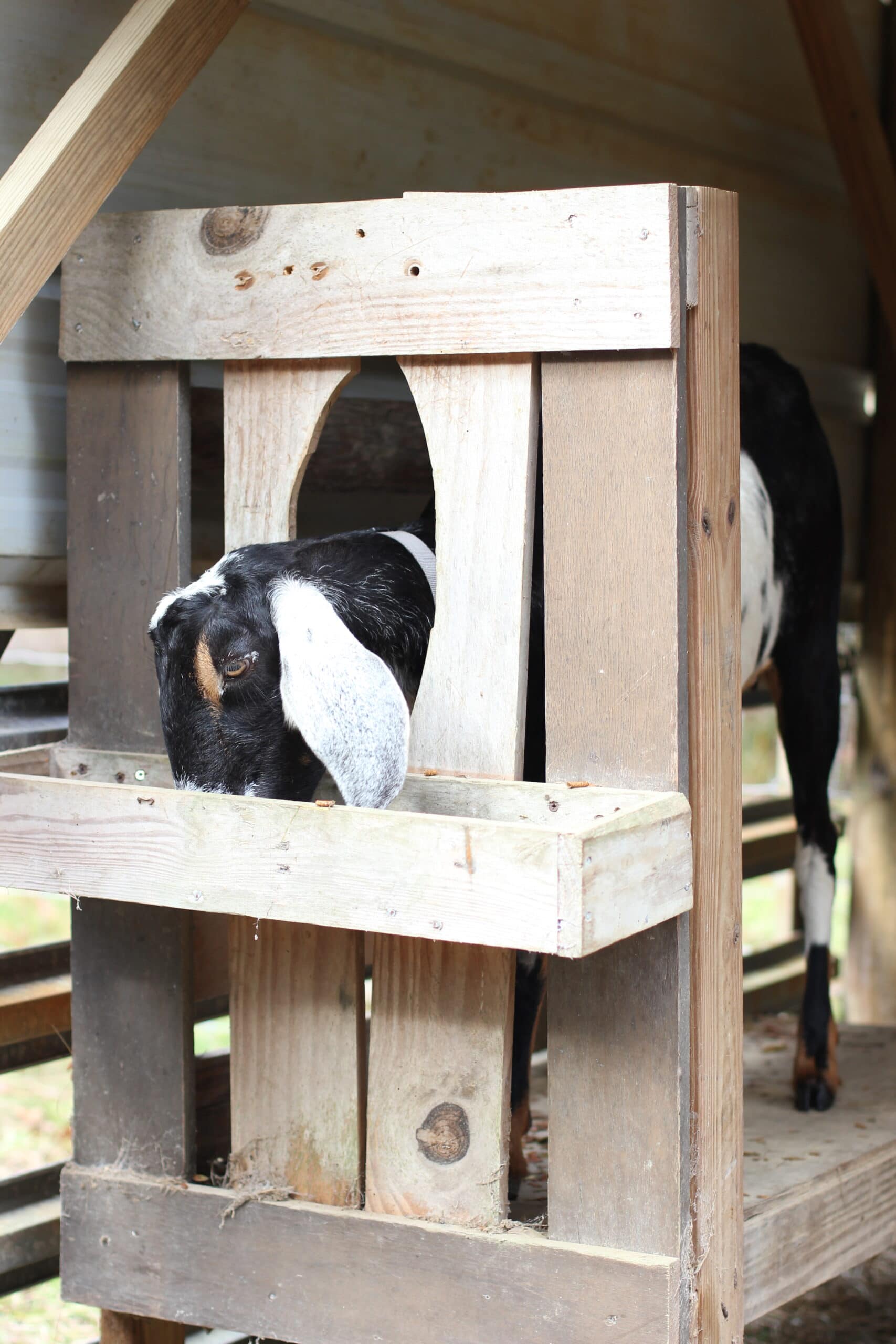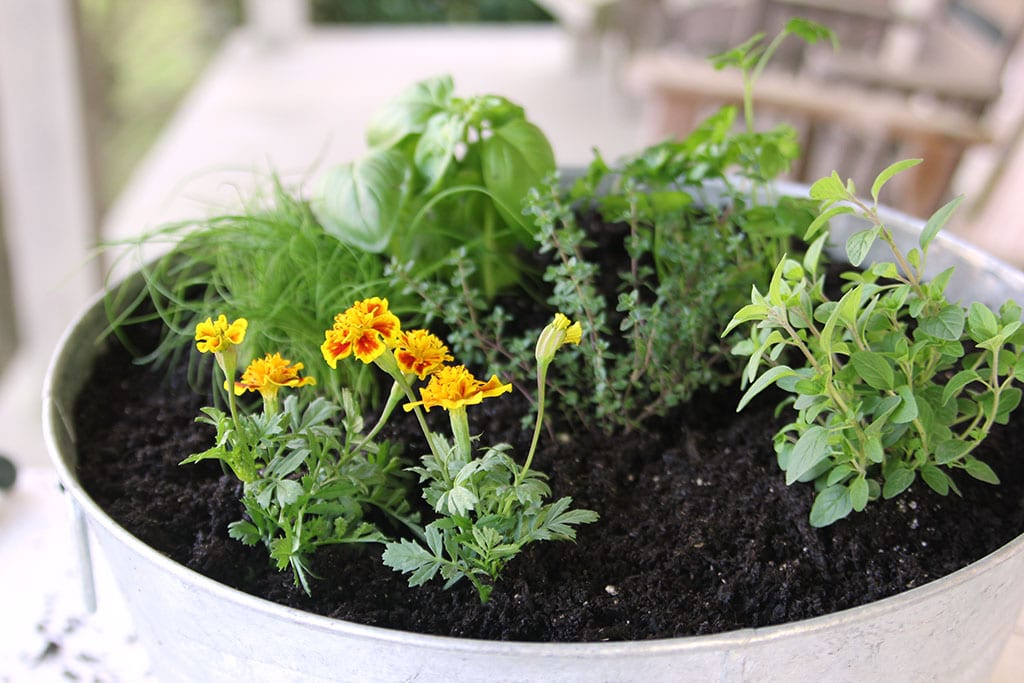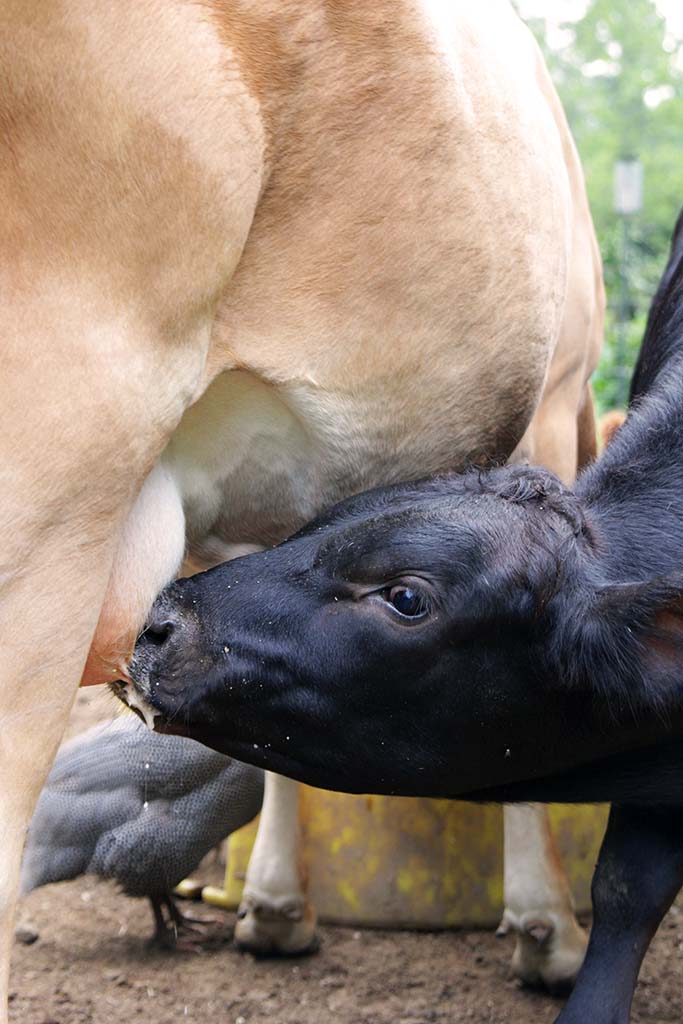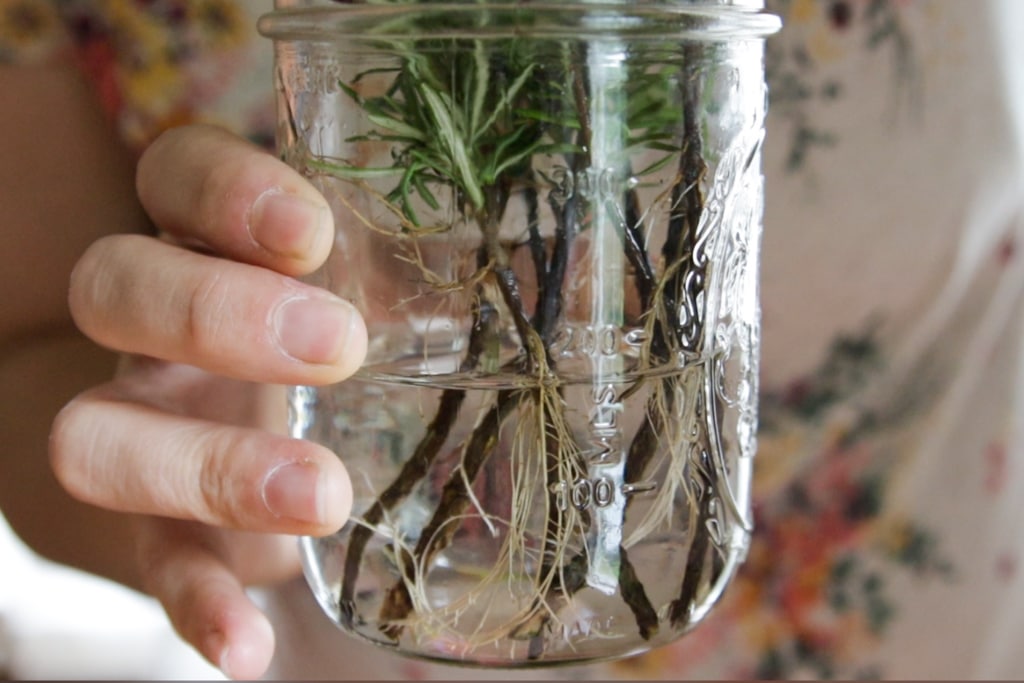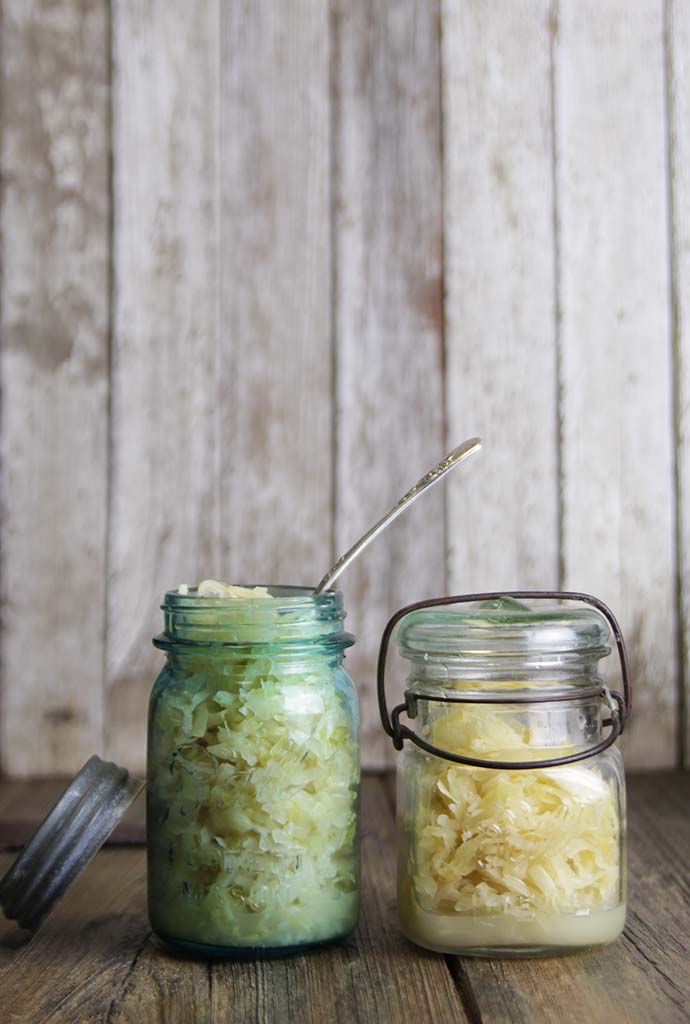7 Of The Easiest High-Yielding Vegetables To Grow
If your goal is working towards self-sufficiency, these seven high-yield crops are easy to grow and will put you well on your way to taking control of your food supply.
In the past couple of years, I’ve gotten really passionate about growing and raising as much food as we can. A few of the reasons are:
- It’s much healthier and more nutritious than grocery store food.
- It tastes so much better than anything you will ever buy.
- You can save so much money.
- You can grow varieties that you can’t find at your typical stores.
- You’re not dependent on someone else for survival.
- It’s a great lifestyle to teach kids to be responsible and have a good work ethic.
- It’s so rewarding and satisfying!
Getting Started With Self-Sufficiency
If you’re new to the lifestyle of homesteading and self-sufficiency, it can be hard to know where to start. If you’re anything like me, you want to do ALL the things right now.
While that would be nice, it’s pretty much impossible. Even if you had the time and money to invest in setting up gardens and pens and pastures, there is so much to learn for each new thing that it just takes time and patience. But it’s so worth it!
So where do you start? These are the easiest to grow, highest yielding vegetables that will give you the most return for your time and space. These seven veggies will have you well on your way to feeding your family from your land!
* If you’re creating a brand new garden from scratch and using native soil rather than buying soil from a garden center, (for a raised bed or no dig gardening) I would highly recommend getting your soil tested. Your local extension office typically offers this service. We’ve also used this home soil testing kit with pretty good results. The majority of our garden fails have been due to poor soil quality and not amending and fertilizing for what the soil was lacking.
7 Easy To Grow, High Yield Crops:
* my criteria for the veggies that made this list are: easy to grow, high producing, stores or preserves well, and easy to save seeds from/sustainable. This is the summer edition!
1. Green Beans
Green beans are one of the first things I started with when I began my gardening journey. Whether you choose a bush bean variety or a pole bean variety, you can get multiple harvests from one planting and depending on how long your growing season is, you may be able to grow 2 batches per year.
Green beans can be frozen, canned, pickled and fermented. My personal favorite way of preserving them is canning.
Green beans are super easy to save seeds from, especially if you only grow a single variety. Simply leave some pods on the plants to mature and grow. Once they’re mature and dry, pick them and remove the seeds for storage.
>>If you want to learn more about seed saving, I highly recommend the book ‘The Seed Garden’ by Micaela Colley & Jaren Zystro. It’s packed with so much info!
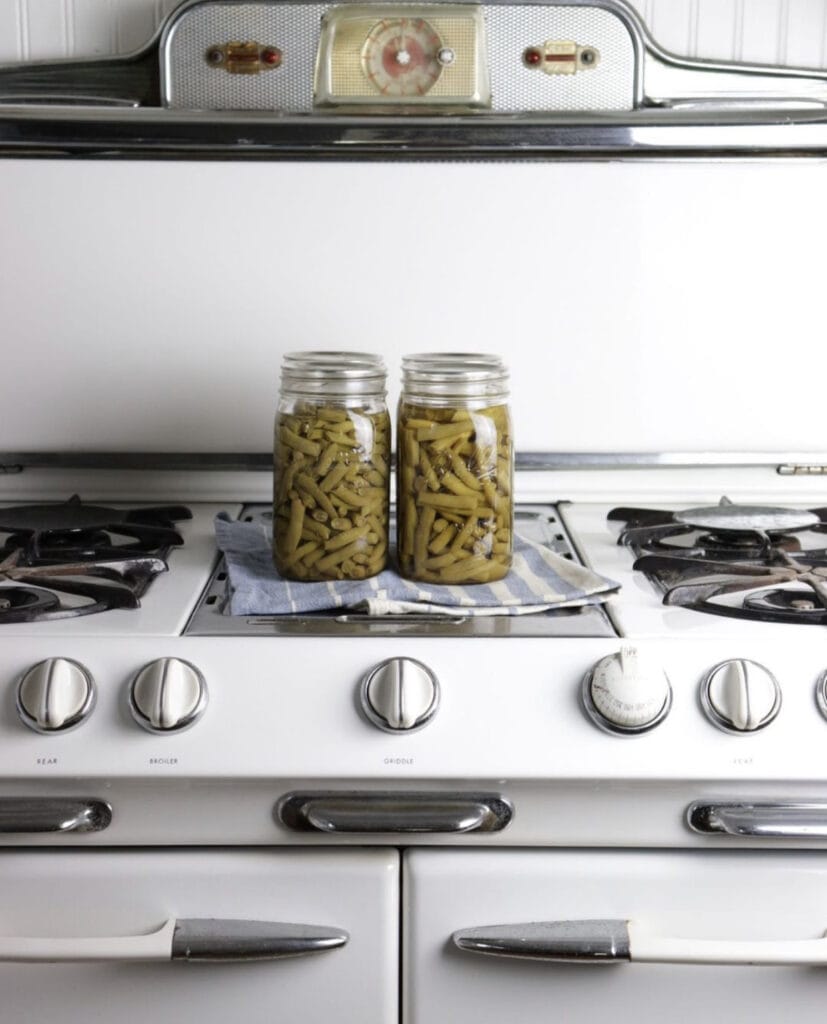
2. Summer Peas
Like green beans, summer peas are an easy to grow and prolific crop. Varieties of summer peas include pink eye purple hull peas, black eyed peas and cow peas. They also will have one big harvest and then a few smaller harvests, like the green beans.
Peas can easily be preserved by canning or freezing for later use.
They’re also easy to save for seed and you do it exactly the same way as green beans.
3. Zucchini & Squash
While, in my opinion, zucchini and summer squash don’t check the box of preserving well, they are so prolific that I’m including them anyway. From just a few plants, you can grow so many squash and zucchini that your family and friends will grow sick of them way before the plants give in to the heat.
You can preserve them by canning but they’ll be practically mush. A better way to preserve them would be either to blanch and freeze or to dehydrate.
Zucchini and squash readily cross pollinate with one another so if growing both, you’ll either have to bag the blooms and hand pollinate, only grow one type, or buy new seed to keep a true to kind plant.
4. Potatoes
Potatoes are one of the few vegetables that have the history of actually keeping people from starving. In fact, so many poor throughout history have relied on it for survival.
Potatoes have an impressive nutrient profile, don’t require too much care once planted, produce many times what is planted, and store exceptionally well!
Many potato varieties store well in a cool, dark place once properly cured. For even longer storage they can be canned.
Potatoes are also a very sustainable crop as you can keep your own “seed” potatoes from season to season. Since you’re using the actual potato rather than a seed, you don’t have to worry about cross pollination when growing multiple varieties.
5. Winter Squash & Pumpkins
Although they can require a good deal of space, winter squash and pumpkins can produce so many fruits from just a few vines. They keep well for many months and can also be preserved by freezing or canning.
If you’re short on space, vertical gardening is a great option for vining varieties of winter squash! If the squash is small enough, you won’t need to offer any extra support but for larger varieties you may need to support them in some way to keep the stems from breaking.
Winter squash and pumpkins will cross pollinate within the same species so if you’re planning on keeping your own seeds from them, you’ll either have to bag the blooms and hand pollinate or else only grow one variety.
6. Okra

In our hot and humid summers that can go from months of everyday rain to months of drought, okra is one of the most reliable, no-fail crops we plant. Sometimes it really seems like you can’t kill the stuff!
Okra is so prolific that you have to pick it every day or every other day at the least to catch the pods before they get too large and tough.
Okra is easy to preserve for things like gumbo and stewing. Simply place it on a baking sheet in a single layer, freeze for a couple of hours, and then place into a freezer bag. It can also be canned or pickled which is my husbands favorite way to eat it.
Okra is also really easy to save seeds from, especially if you only grow one variety. If growing more than one variety, just know there is the possibility of cross pollination unless you bag the blooms and hand pollinate. To save your own okra seeds, leave some okra pods on the plant to grow. They’ll continue to grow and then they’ll dry. Once the pod is dried completely, pick it and remove the seeds to store for the next spring.
7. Tomatoes
Depending on your growing environment, tomatoes can be a little more challenging than the other vegetables on our list of sustainable crops to grow. However, I included them for the simple reason that you can do so much with them!
From fresh eating, to canned tomatoes, to salsa, and dehydrated tomatoes, to pasta and pizza sauce, the ways you can preserve tomatoes is almost endless.
If you can get past a few common growing hurdles, you can have a delicious and versatile harvest of the best tomatoes you’ll ever taste. You may even become a tomato snob like me and refuse to eat tomatoes that aren’t homegrown. Once you’ve had real tomatoes, there’s no going back!
Tomatoes are also easy to keep seeds from in general. They can cross pollinate but don’t always, so you can either take seeds without any special care and see what you end up with or bag the blooms to 100% keep them from cross-pollinating.
Bonus: Garlic
Garlic isn’t technically a vegetable that you’ll be able to feed your family with, but I included it as a bonus. Every one should dedicate a little space to this amazing little veggie!
Garlic is one of the easiest things you will ever grow! You literally place the cloves in the ground, cover them with dirt, and then don’t touch them again until it’s time to dig them up as whole a whole head of garlic!
From seasoning your meals, to pickling, to fermenting and roasting there are so many uses for garlic.
To make growing garlic the most self-reliant, save back enough heads to plant the next fall.
Creating A Self-Sufficient Food Supply
By growing easy, high-yield vegetables, you can start producing your own self-sufficient food supply even if you don’t have a ton of space or a huge garden. You’ll also get the added benefit of healthier and tastier food!
Save This To Your Favorite Gardening Board:
